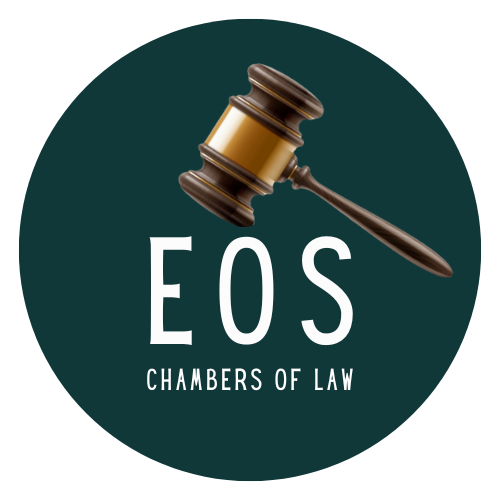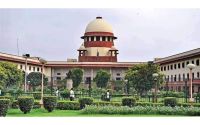Understanding Indian Constitutional Laws: A Brief Overview

Understanding Indian Constitutional Laws: A Brief Overview
Introduction:
Indian Constitutional Law is the backbone of the country's legal system, laying down the framework for governance, rights, and duties of citizens, and the functioning of various institutions. Enshrined in the Constitution of India, adopted on January 26, 1950, it reflects the aspirations of the founding fathers to create a democratic and egalitarian society.
Key Features of Indian Constitutional Laws:
-
Preamble: The Preamble of the Indian Constitution sets out the ideals and objectives of the Constitution, including justice, liberty, equality, and fraternity. It serves as a guiding light for the interpretation and implementation of laws.
-
Fundamental Rights: Part III of the Constitution guarantees fundamental rights to every citizen, such as the right to equality, freedom of speech and expression, right to life and personal liberty, and right to constitutional remedies. These rights are enforceable by the courts and form the cornerstone of Indian democracy.
-
Directive Principles of State Policy: Part IV of the Constitution contains Directive Principles of State Policy, which are guidelines for the government to promote social justice, economic welfare, and other ideals. Though not enforceable by the courts, they are fundamental in the governance of the country.
-
Federal Structure: The Indian Constitution establishes a federal structure with a division of powers between the central government and the state governments. It delineates the legislative, executive, and judicial powers of the Union and the states to ensure a balance of power.
-
Independent Judiciary: The Constitution establishes an independent judiciary with the Supreme Court as the highest judicial authority. It acts as the guardian of the Constitution, ensuring its supremacy and protecting the rights of citizens through judicial review.
-
Amendment Procedure: The Constitution provides for its own amendment to adapt to changing circumstances. Amendments can be made by a special majority of both houses of Parliament, ensuring the flexibility and adaptability of the Constitution.
Conclusion:
Indian Constitutional Laws embody the principles of democracy, equality, and justice, guiding the nation towards progress and prosperity. With its robust framework and dynamic nature, it continues to evolve to meet the challenges of a changing world while upholding the values enshrined in its preamble. Understanding these laws is essential for every citizen to actively participate in the democratic process and contribute to the nation's growth and development.
Post Categories
Featured Posts
Latest Posts
Latest Posts

Supreme Court Has Prepared A Handbook On Combating Gender Stereotypes...
Chief Justice of India DY Chandrachud announced today morning that the Supreme Court has prepared a ldquo Handbook on combating Gender Stereotypes rdquo in order to identify and remove the use of words and phrases which are loaded with gender...

Dowry Death Case Supreme Court Surprised At HC Using Same Dying Declaration To Convict...
The Supreme Court while acquitting a convict in a dowry death case emphasized the critical importance of ensuring that a dying declaration is trustworthy and reliable and inspires confidence when it is considered the sole basis for a criminal conviction...

Members Of Railway Protection Force Can Seek Benefit Under Employees Compensation Act Though RPF...
The Supreme Court on Monday held that an officer of the Railway Protection Force RPF can seek compensation under Employees Compensation Act even though the RPF has been declared to be an armed force of the Union ldquo in...

An Exegesis On Criminal Offences A Legal Discourse From The Pinnacle Of The Indian...
Index Introduction Understanding Criminal Offences nbsp Petty Offences nbsp Cognizable Offences nbsp Non-Cognizable Offences Consequences of Criminal Offences nbsp Legal Consequences nbsp Social and Personal Impact nbsp Societal Costs Conclusion mdash mdash mdash mdash mdash mdash mdash mdash mdash mdash...

SC Issues Notice On PIL Seeking Action Against Doctors Who Do Not Prescribe Generic...
The plea said that affordability of medicines is a vital factor that contributes to effective healthcare delivery and the realization of the lsquo right to health rsquo The Supreme Court on Friday issued notice on a PIL seeking disciplinary actions...

Legal Challenges in Cryptocurrency and Blockchain Exploring the Evolving Legal Landscape...
The rise of cryptocurrencies and blockchain technology has revolutionized the financial world but it has also brought about a series of complex legal challenges As more businesses and individuals adopt digital currencies and decentralized systems governments and regulatory bodies are...

Speak With Our
Get a Appointment
















